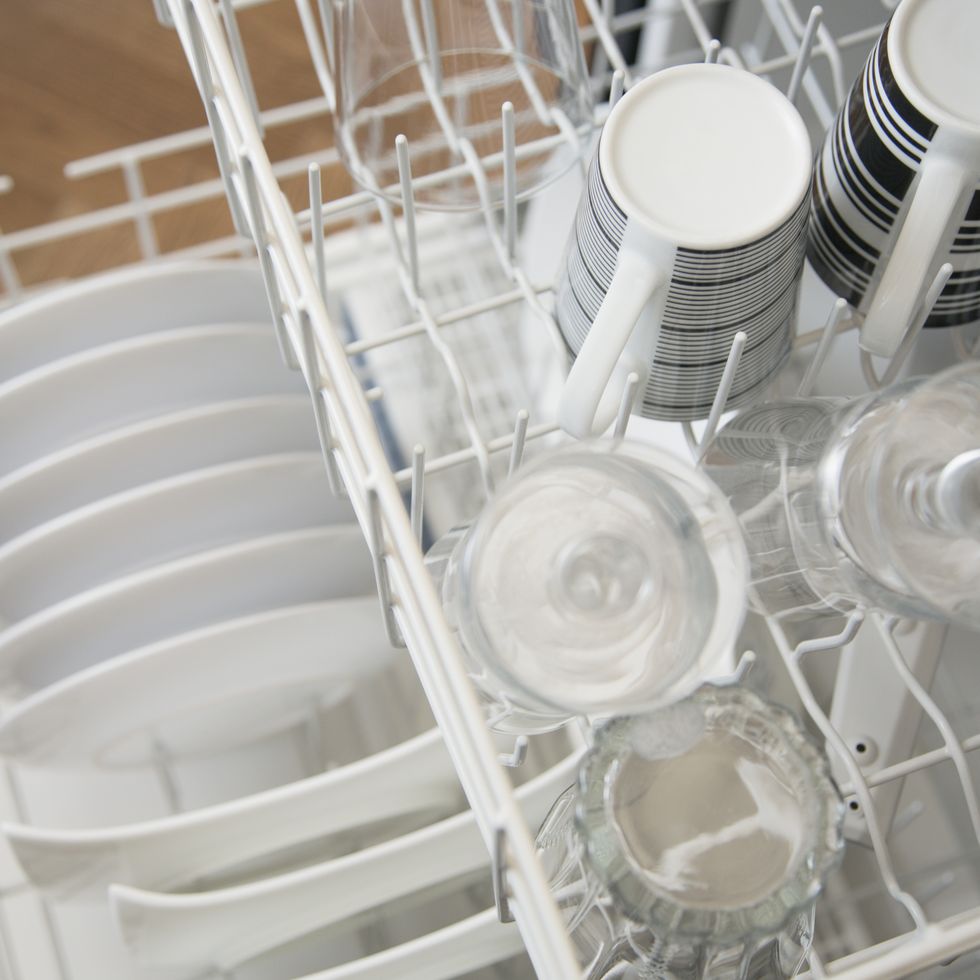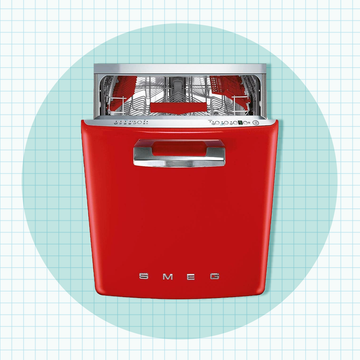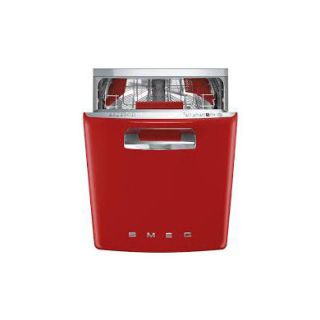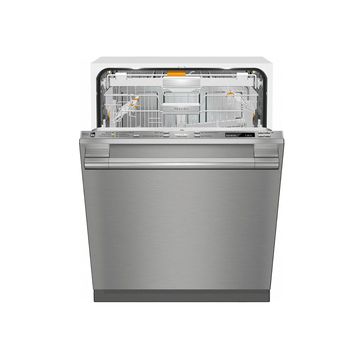A dishwasher is the ultimate labor and energy saving appliance. Cleaning dishes in the dishwasher uses much less energy and water than washing them by hand. But, no matter how top-of-the-line your model is, unless you load it correctly, it can't do its job (and nothing's worse than opening the door at the end of the cycle only to find bits of food and water spots that need to be washed or dried away).
The best way to load a dishwasher can spark very heated debates in some households, and it's one the Good Housekeeping Cleaning Lab is often asked to weigh in on. In fact, part of the testing we do when we evaluate the best dishwashers on the market is to see how easy they are to load. After running thousands — yes, thousands — of dishwasher cycles, here are our best loading tips to get the best out of your dishwasher.
Top tips before you load
- Secure all plastics. If you don't, blasts of water may cause these pieces to flip over and fill with water, or worse, fall onto an exposed heating element (if your model has one) and melt.
- Never stack items. The water spray won't be able to reach (or clean) the dish that's on top. Our best rule of thumb: If the water can't reach it, it won't get clean.
- Always separate your stainless steel and silver (or silver-plated) flatware. If the two types touch in the wash, a reaction may occur and the silver could pit.
- Run the hot water tap if you haven't used your dishwasher in a while. You'll want to run it at the sink closest to your dishwasher to ensure hot water reaches your cycle.
And remember the items to avoid putting in your dishwasher:
- Anything wooden (cutting boards, spoons)
- Cast iron
- Valuable carving tools (like chef's knives)– you wouldn't want to damage the blades or your dishwasher.
- Jars or containers with glued-on labels, as pieces of the labels can come off and get lodged in the filter.
Mistakes to avoid
Pre-rinsing your dishes
Pre-rinse dishes at the sink or choose your dishwasher's Quick Rinse or Rinse Only cycle if items are going to sit in the machine all day. Doing so will keep food from drying on and keep odors under control. But if you're running a cycle right away, just scrape off the food and leave it at that. Detergent will attach to stuck-on food and clean the dishes for you, saving water and your time.
Placing cookware, cups and utensils in the wrong rack
- Plates: Plates belong on the bottom! Lay them so that the dirty side faces where the water spray is strongest, usually the center of the rack. Pots, pans, and casseroles should angle down for the best cleaning results.
- Pans: Flat pans and platters will also go on the bottom, tucked along the sides and back of the rack. Never place them in front, by the door — they could block the dispenser from opening and keep the detergent from reaching the dishes.
- Utensils: They should always go in the basket or lined up in the flatware tray. If you're using a basket, you'll want to make sure spoons don't nest together, so place some handles up and others down so that all surfaces get washed. Forks go up so the tines get clean, and knives should be placed with the blade down for safety. Be careful when unloading and grab utensils by the handles so they stay clean.
- Glasses and cups: It's the top rack for these! Remember, place glasses between the tines — never on top. The tip of the prong can leave a water spot, and glasses wedged over two tines can crack. Be sure to angle the cups as much as the rack design will allow, keeping water from pooling in the base of the upside-down cups. Still got puddles? Unload the bottom rack first to avoid the drip-down. And arrange wine glasses carefully. To help prevent breakage, don't let them bump against one another or the top of the dishwasher, and make sure they sit securely in the rack. Most of today's dishwashers have special stemware holders to keep this glassware extra stable.
Not using the detergent dispenser
Add packs to the dispenser, don't just toss them in the bottom of the machine. Doing so will cause them to dissolve in the prewash and be washed away before the main cycle begins. It doesn't really matter if you're using, powders, liquids and packets, but what does matter is the quality and freshness of the detergent. A good rule of thumb: Buy only what you can use up within two months. And you should always store it in a cool, dry spot (not under the sink, where the detergent can clump or deteriorate).
Carolyn Forté brings more than 40 years of experience as a consumer products expert to her role as executive director of the Good Housekeeping Institute's Home Care and Cleaning Lab. Using deep analytical testing and writing expertise in appliances, cleaning, textiles and organizational products, she produces cleaning and home care advice for GH, has authored numerous books and bookazines for the brand and partners with the American Cleaning Institute to co-produce the Discover Cleaning Summits. She holds a bachelor's degree in family and consumer sciences from Queens College, City University of New York.











